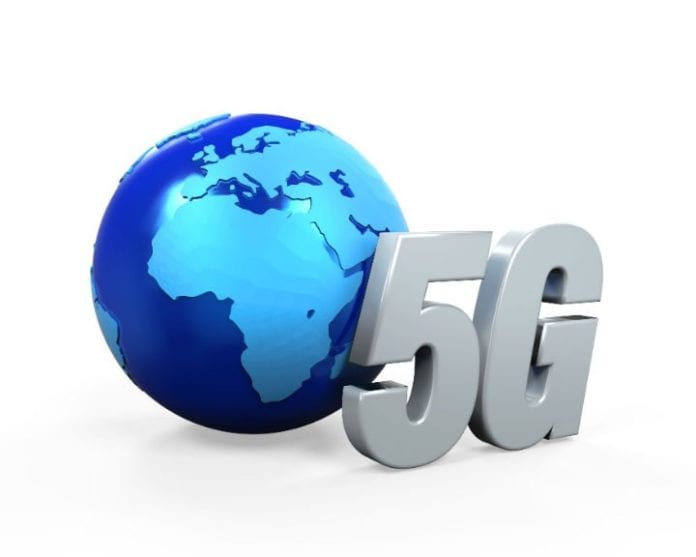Ericsson’s November Mobility Report predicted 220 million 5G subscriptions globally by the end of 2020
China and the U.S. continue to top the 5G charts, with VIAVI’s The State of 5G Deployments report showing that the countries have 341 and 279 5G-connected cities, respectively. In China, the number of cities with 5G grew six-fold in one year, while coverage in the U.S. increased by a factor of five.
Further, in Ericsson’s November Mobility Report, 220 million 5G subscriptions were expected by the end of 2020, an estimation that the company increased as a result of China’s faster-than-expected uptake, which was “driven by a national strategic focus, intense competition between service providers and more affordable 5G smartphones from several vendors.”
Chinese telecom carriers are expected to build over 1 million new 5G base stations in 2021, as the cost of 5G base stations is expected to decrease.
China Mobile, specifically, is the world’s largest operator in terms of subscribers, and it reportedly added 4.19 million 5G subscribers in February, bringing its total number of 5G subscribers to 173.16 million, compared to 15.4 million 5G customers in February 2020.
Rival operator China Telecom added a total of 6.2 million 5G subscribers in February to take its total 5G subscribers base to 103.37 million, while China Unicom ended February with 84.5 million 5G subscribers, up from 77.95 million the previous month.
While North America’s 5G subscription forecast remained unchanged, Ericsson does believe that by 2026, North America will have the highest share of 5G subscriptions, accounting for 80% of all mobile subscriptions.
5G leaderboard
| Country | Number of cities in which 5G is available |
| China | 341 |
| USA | 279 |
| South Korea | 85 |
| UK | 54 |
| Spain | 53 |
| Canada | 49 |
| Australia | 37 |
| Saudi Arabia | 37 |
| Italy | 35 |
| France | 24 |
| Thailand | 24 |
| Sweden | 23 |
(Source: VIVAI)
Verizon was the first to turn on its 5G network in the U.S., but, according to Opensignal, T-Mobile actually has the best 5G availability of the major providers, with users able to connect to next-gen services more than 30% of the time, while for AT&T customers that number was 18% and just 9.5% for Verizon customers. Undoubtedly related, T-Mobile currently covers 280 million people across 1.6 million miles throughout the U.S. compared to around 230 million people for AT&T and Verizon.
LitePoint’s Director of Marketing Adam Smith weighed in on the comparison of China and North America’s 5G progress, telling RCR Wireless News that if you’re measuring by the percentage of the population that “has 5G devices in hand,” China is leading “hands down.”
“They have a national policy to move rapidly over to a 5G network and they’re incentivizing devices with a consumer-friendly price point,” he elaborated, “while in the U.S., there is no such thing as a low-end 5G phone today.”

